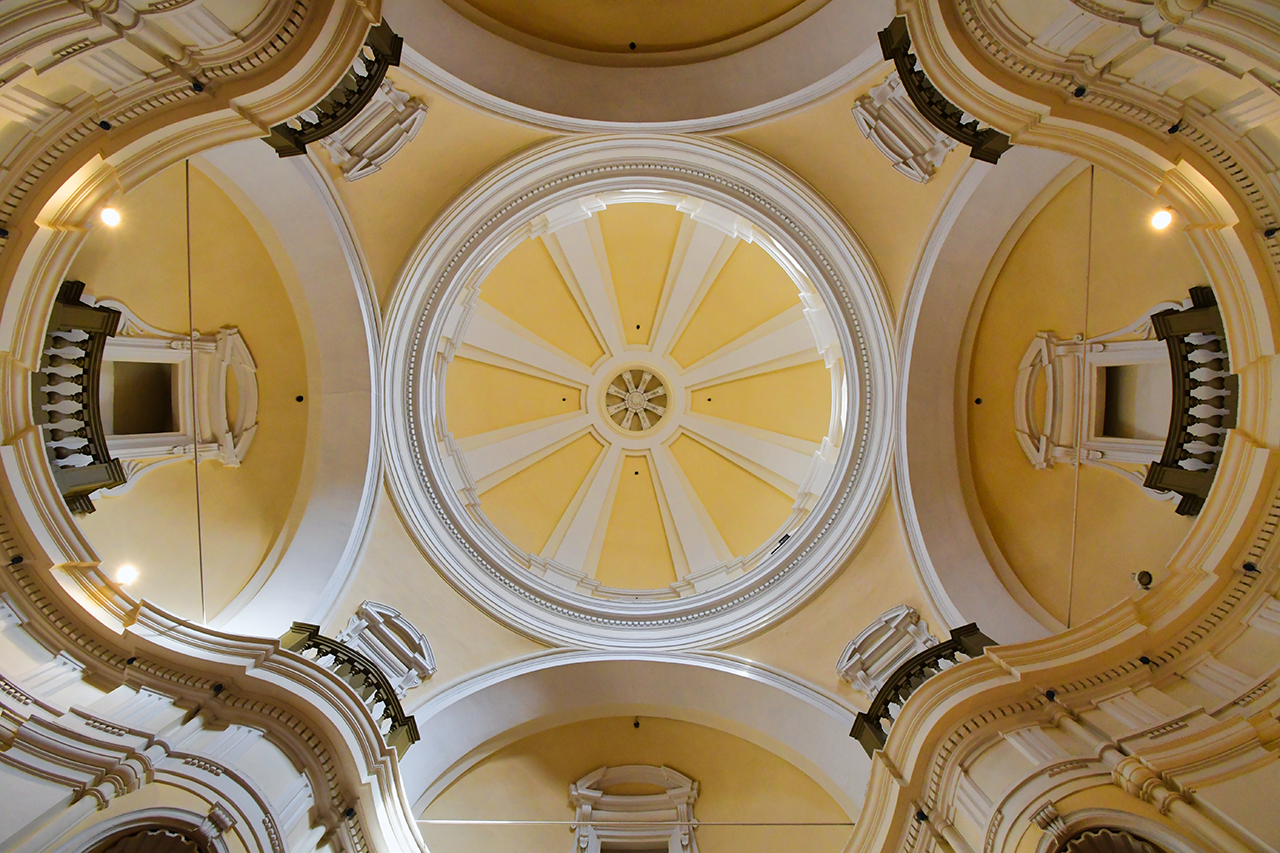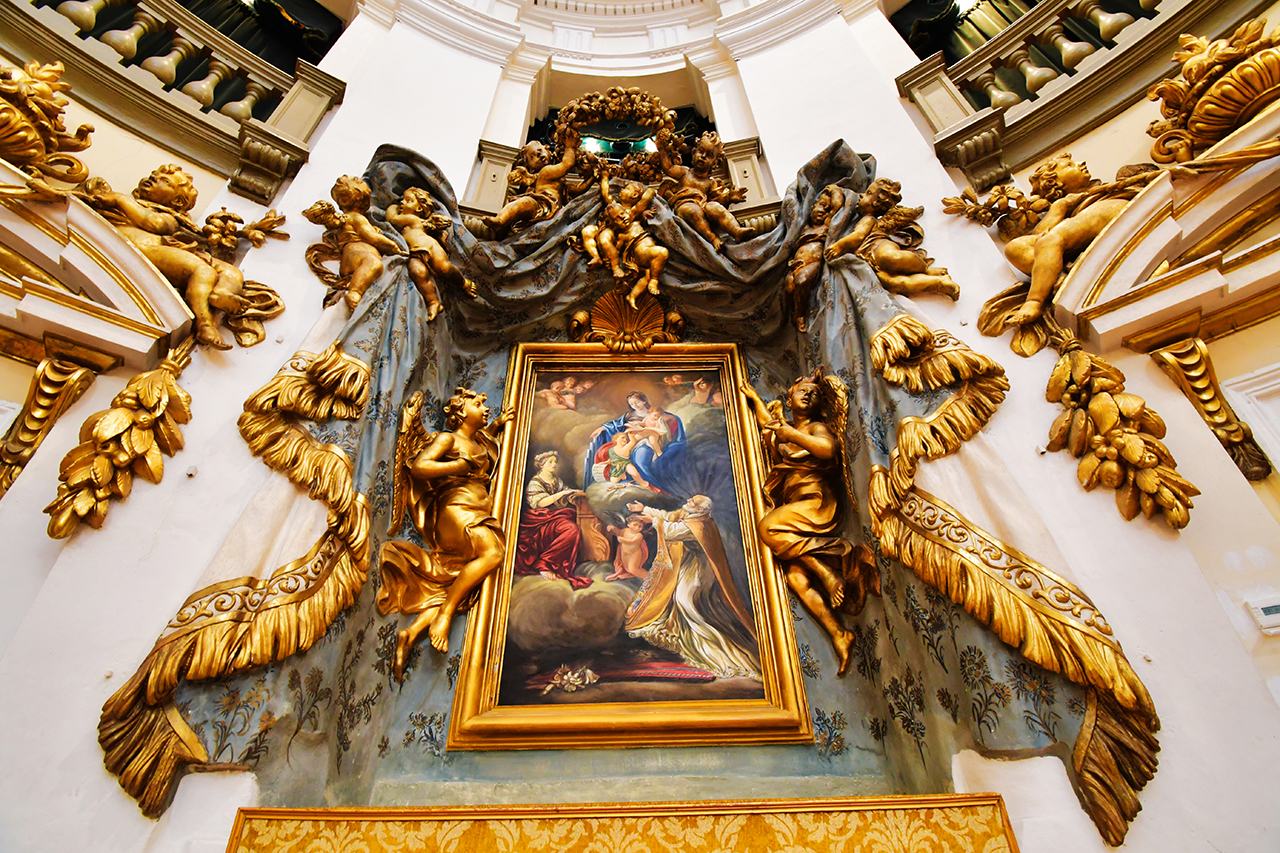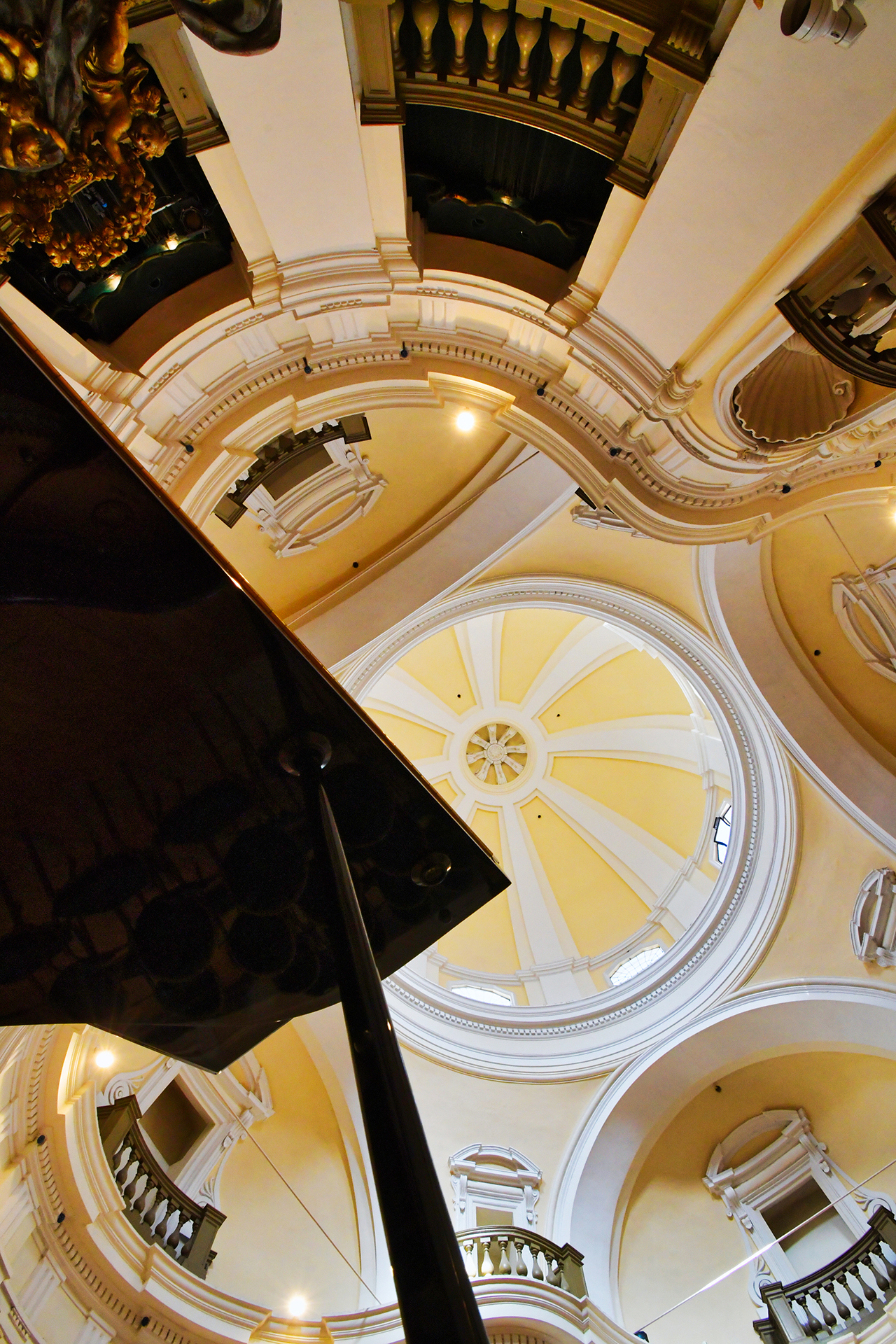

Auditorium of Santa Cecilia. Located in the Historic Center of Perugia, it is the only Baroque monument of the city (together with the adjacent Church of San Filippo Neri). Born at the initiative of the Filipino Fathers, who needed a place for oratory exercises and musical performances, the Oratory was built in just three years from 1687 to 1690. From the moment of its foundation and throughout the eighteenth century, Santa Cecilia lived its period of maximum splendor as evidenced by the rich catalogue of oratories performed there. In the nineteenth century it went through a long period of abandonment and only in the second half of the twentieth century, stripped of all the sacred furnishings and traditional furnishings, it was reduced to a theater for film screenings. Only now, after years of closure and abandonment, the recent restoration works wanted and carried out by the Municipal Administration have brought to light this authentic jewel of Baroque architecture, allowing it to be reopened to the public. The orchestra of the Auditorium of Santa Cecilia has a central plan (or Greek cross) where concave parts alternate with convex parts. In the concave wall located in front of the entrance, there are two doors (on the left – dressing room and services, on the right – emergency exit and office) in the middle of which is placed the stage surmounted by a canvas depicting the Madonna with the child and Santa Cecilia di Carlo Lamparelli di Spello of 1688. A double ledge identifies two orders of stages. The Auditorium is surmounted by a large and bright dome. The recent restoration has taken into account its original function as a place dedicated to musical activities and together has projected the old Oratory towards a new concept of the use of spaces for artistic purposes.
Valuable baroque theatre with a central plan with a Greek cross, two orders of choirs and a domed roof, designed by Pietro Baglioni (1687-90). Specially created as a music room, it was the first in the city with this destination. After decades of decay and neglect it was restored and reopened to the public in 2001. It is currently used for concerts and other cultural events and is the headquarters of the Musicittà association and the choir ‘Choristers a Priori’.





Musicittà cultural association. Born in the district of Via dei Priori thanks to the constant support of the Priori Association, it was established in order to take care of, expand and make more and more shared the artistic activity of the choral training of the Choristers a Priori. The choir founded in 2015 is made up of a large number of young people, and for some time now it has also directed part of its energies to the children’s sector (6-12 years), organizing summer camps dedicated to music and regular choir courses of white voices. In addition to the polyphonic choir, the choristers also constitute a female vocal ensemble, a male ensemble, and a particularly qualified mixed ensemble. The aim of the association is to multiply the participatory contexts related to chorality towards all age groups, keeping musical-cultural promotion and social integration at the centre of its interests

Choristers a Priori. The repertoire of the choral formation ranges from contemporary music to the tradition of African-American spirituals, from pop music to swing through Renaissance music. Since its foundation, the choir has regularly performed in concert participating in festivals and festivals throughout the Umbrian territory and also outside the region (Perugia, Assisi, Magione, Mongiovino, Chiusi, Terni, Bomarzo, Tolentino, etc.). Currently the staff of the group consists of more than 35 members, all aged around 30 years. Altogether the Musicittà Association has about 50 members among the youth choir and choir of white voices. Founder of the group is the director of the same, Maestro Carmen Cicconofri.
Contacts
coristiapriori@gmail.com
FB Auditorium Santa Cecilia
FB Coristi A Priori

